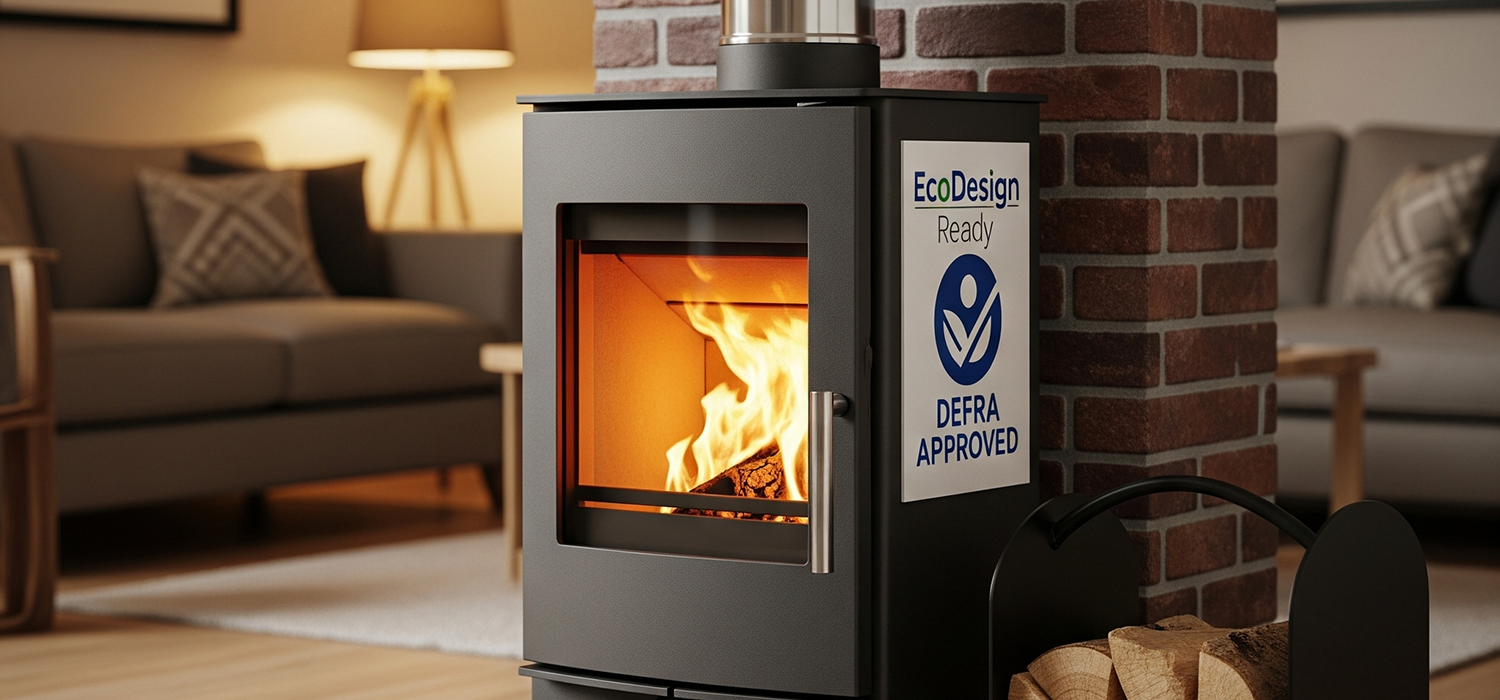
Log Burner Carbon Monoxide: Stay Safe from the Silent Killer
Love your Log Burners but worried about the invisible villain lurking inside? The short answer: yes, they can produce carbon monoxide. But don’t panic—this article shows you how to stay safe, spot warning signs, and enjoy cosy nights without turning your lounge into a silent danger zone.
Log Burners and Carbon Monoxide: The Silent Killer
There’s something magical about a log burner. The crackle of wood, the glow of flames, and that deep warmth you can’t quite get from central heating. For many households, it’s a symbol of comfort, family, and winter nights spent together.
But behind that charm lies a hidden danger: carbon monoxide. You can’t see it, smell it, or taste it—but it can be deadly. That’s why it’s earned the nickname “the silent killer”.
Every year in the UK, people fall ill because their stove or chimney wasn’t maintained properly. The good news? With a little know-how, you can keep your home safe without giving up the joy of a real fire.
What is Carbon Monoxide and Why is it So Dangerous?
Imagine you’ve just lit the perfect fire. Logs are glowing, kettle’s on, and the room feels like a postcard. But if something isn’t quite right—say the wood isn’t burning fully—carbon monoxide can quietly build up.
Unlike smoke, which sets off alarms and makes your eyes water, CO slips under the radar. It bonds to your red blood cells, stopping oxygen from getting where it needs to go. That’s why even low levels over time can leave you with headaches, nausea, and dizziness.
At higher levels, it becomes much more serious. We’re talking confusion, collapse, or worse. And because the symptoms feel so much like flu, many people don’t realise what’s happening until it’s too late.
How Does a Log Burner Create Carbon Monoxide?
So how does this invisible gas sneak into your living room? It all comes down to how your stove burns fuel.
Carbon monoxide forms when combustion is incomplete—basically, when wood isn’t getting enough oxygen to burn cleanly. Here are some common culprits:
-
A blocked flue or chimney that traps gases inside
-
Burning wet or unseasoned logs (that crackle and hiss rather than burn smoothly)
-
Poor stove maintenance that reduces airflow
-
An incorrect installation that fails to vent properly
It’s a bit like cooking on a barbecue with the lid shut—the smoke has nowhere to go, and instead of clean flames, you get choking fumes.
Your Safety Checklist
The trick with log burners is balance: enjoy the warmth but stay one step ahead of the risks. Here’s your simple checklist for keeping carbon monoxide out of the equation.
The Absolute Must-Have: A Carbon Monoxide Alarm
Let’s be clear—if you own a log burner, a CO alarm isn’t a “nice to have”. It’s as essential as the stove itself.
You wouldn’t drive without a seatbelt, so why run a fire without an alarm? Place one near the stove, but also close enough to bedrooms so it can wake you at night if needed.
Modern detectors are affordable, widely available, and easy to install. Test yours monthly, swap batteries once a year, and replace the unit every 5–7 years. That little device could be the difference between a safe night in and an emergency call.
The Importance of a Professional Installation and Annual Sweep
Tempted to save money and fit the stove yourself? Resist. A badly installed log burner is like playing Russian roulette with your family’s health.
Professional installers don’t just pop the stove in and walk away. They calculate airflow, check flue height, and ensure your home complies with Building Regulations. Many are registered with HETAS, the official body for solid fuel appliances in the UK.
And once the stove is in, don’t forget the annual sweep. Chimneys clog with soot, tar, and even the odd bird’s nest. A sweep clears these hazards, improves efficiency, and gives you peace of mind before winter sets in.
Think of it like servicing your car—ignore it, and small problems can become dangerous fast.
Common Symptoms of Carbon Monoxide Poisoning
Now for the bit nobody likes to think about. How do you know if CO is creeping into your home? The symptoms often look innocent, but the context—feeling unwell around your log burner—should raise red flags.
Here are the most common early signs:
-
Persistent headaches that don’t shift with rest or medicine
-
Dizziness or light-headedness, especially while indoors
-
Nausea, stomach upset, or vomiting
-
Flu-like symptoms, but without a temperature
At higher exposures, confusion and extreme tiredness can set in. Pets may also appear sluggish or refuse food, which is often an early warning before humans notice anything wrong.
If you or your family experience these symptoms while the stove is running, act quickly. Open windows and doors, switch off the fire, and get outside into fresh air. Then call for medical help. Don’t wait it out—carbon monoxide poisoning escalates quickly and can become life-threatening in minutes.
Wrapping Up: Safety First, Comfort Always
Log burners remain one of Britain’s favourite ways to heat a home, and it’s easy to see why. They’re efficient, eco-friendly when used properly, and create a cosy atmosphere nothing else can match.
But safety has to come first. Carbon monoxide is invisible, silent, and deadly—but it’s also preventable. With a reliable alarm, a professional installation, and a yearly chimney sweep, you’ve already covered the essentials.
Add in some common sense—burn only seasoned wood, never block vents, and watch out for symptoms—and you’ll enjoy your stove the way it was meant to be enjoyed.
So go ahead, light that fire. Brew a pot of tea, gather your loved ones, and relish the glow. Because with the right precautions, your log burner will bring warmth and comfort, not worry.
Other content we think you'll love
- What Are the New Log Burner Rules in the UK?
- Why Your Log Burner is Smoking: Causes, Fixes, and Safety Tips
- Why Does My Log Burner Smell?
- Why Your Log Burner Is Burning Too Fast (And How to Fix It)
- Why Does My Log Burner Keep Smoking? Common Causes & Fixes
- Why Your Log Burner Won’t Stay Lit (and How to Fix It)
- Why Is My Log Burner Smoking? Causes, Fixes & Prevention
- Can You Safely Put a TV Above a Log Burner?
- Keeping Your Baby Safe Around Log Burners
- Can You Safely Install a Log Burner Near Glass?
- Why Your Fireplace Smells Like Burning Plastic (and What to Do About It)
- Log Burner Law UK: The Complete Guide for Homeowners

